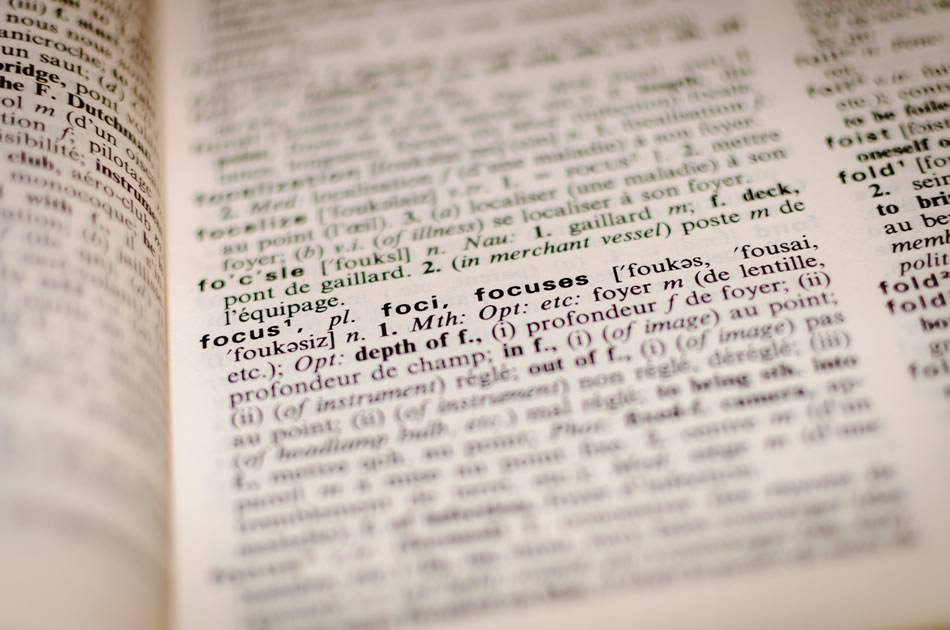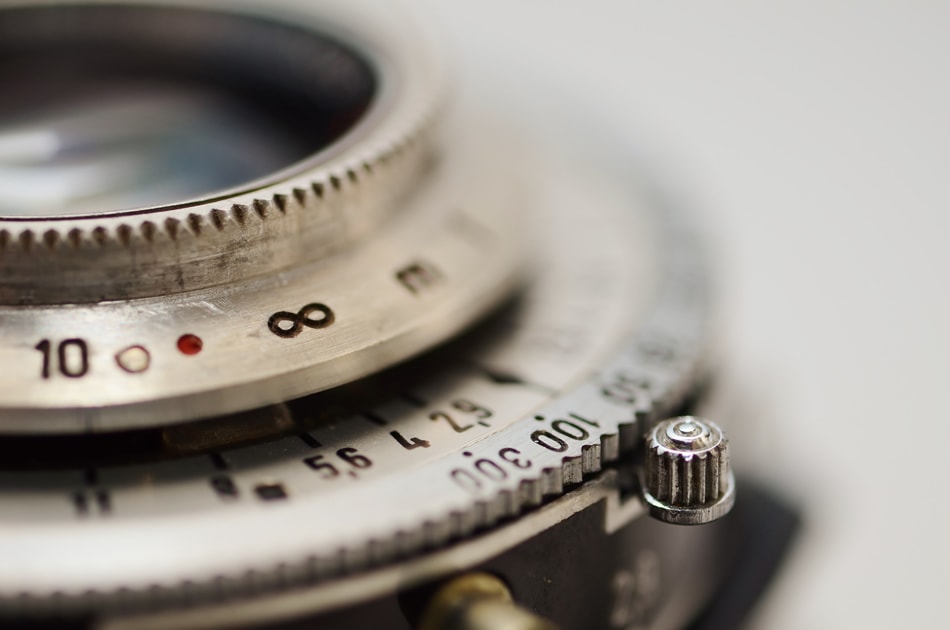Focusing 101: How to Focus Like a Pro
One of the most basic things in photography is focusing, but it’s also one of the most challenging things you have to master to become a viable photographer that clients will want to hire.
This simply illustrates how a fundamental aspect of photography is something that you have to constantly work on to perfect over the course of your career. Just because you’ve been snapping shots for a number of years doesn’t necessarily mean that you can’t still further improve your focusing skills.
There’s also a deep measure of satisfaction in learning how to focus like a pro. Perfecting one of the pillars of expert photography raises your entire photography game and also brings practical benefits like snagging more clients for your business.
Here’s how you can focus like a pro with different methods.

Focus Stacking
This digital approach involves using several pictures taken at varying focal distances and then combining them into one image that’s consistently sharp from foreground to background. This technique will really help you with your macro photography since your depth of field is pretty restrictive when shooting subjects up close and personal.
Start by putting your camera on a tripod and snapping your first picture with the closest section of the scene in focus. Now, without moving your camera, refocus a bit farther into the scene and snap the second shot prior to refocusing and shooting again. Keep doing this until you get a shot that has the focus on the farthest section of your scene.
Okay, you now have a bunch of shots, so combine them to build one picture that’s consistently sharp all over. An image editing app or software that lets you do layers is perfect for the job. Photoshop will work just fine to blend multiple focus-stacked images.
Manual Autofocus Point Selection
When you choose the autofocus point yourself, you’re able to get the highest level of control over your camera’s focus. Good shots for this technique include landscapes, portraits and still life photography.
This method is a cinch. All you do is click on the autofocus point selection button. Follow that by utilizing the navigation controls to pick the autofocus point you want as you’re looking through the viewfinder. You are in a good position to focus once you get to the autofocus point that’s over your subject.
Sometimes, you might be able to customize your navigation controls to choose your autofocus point directly without having to first press a button.
Guarding Against Camera Blur
Camera blur happens to all photographers, but that doesn’t mean it should be a foregone conclusion. This occurs when you move the camera as you take the shot. If you push down on the shutter button too aggressively because you’re in a hurry, that’s when camera blur usually happens.
Camera blur can also occur if you utilize a shutter speed that’s too low. No one’s hands are perfectly still; if your shutter speed is too low, even this natural shaking of your hands will be picked up and cause camera blur.
You can guard against this by adjusting your settings. There’s a general rule that you should follow to get rid of camera blur: simply set your shutter speed to 1/the lens’ focal length. Here’s what this should look like. Let’s say you have a 100mm lens. Then, your shutter speed has to be 1/100. Of course, the subject you’re focusing on has to be still, too!

Another tool to fight camera blur is the image stabilization feature in your lens. It won’t get rid of camera blur altogether, but it will definitely reduce it. This feature moves the lens around in order to steady your shot.
Setting the Depth of Field Properly
As you probably know already, depth of field plays a big role in whether or not your picture is sharp or blurry. Issues with depth of field sometimes come during portrait photography. Some photographers abuse depth of field a little too much when they’re taking portraits since they’re often using a shallow depth of field for that creamy look in the background.
Instead of using a shallow depth of field that goes too far, photographers should raise the aperture in the shot. For instance, a low aperture such as f/2.8 will result in a blurry shot, particularly if you have a long lens and stand close to your subject. Settings like this become a particular ordeal when you’re shooting group portraits like weddings, office or family photos.
Always remember that you want greater depth of field, so raise your aperture when you’re doing portraits. When you’re shooting groups, be sure to focus either on the one closest to the camera or the one who’s in front of the group shot.
The Diopter Plays a Big Role
The diopter is a fancy way of saying your eyepiece on your camera. Seeing whether or not your subject is in focus or not through your eyepiece is half the battle right there! Normally, there’s a small wheel on the side of your diopter. Use it to adjust the focus of the shot so it’s in line with your vision.
The amount to which you can adjust your diopter is fairly large, yet it’s always possible to get yourself even greater eyesight correction. You can always buy bigger and better replacement diopters from a lot of major manufacturers, going from -5 to +4.
Knowing how to use and see through your diopter is going to elevate your use of manual focus, so you can always intelligently adjust it to make it perfect.
Something Basic, but Essential
There’s simply no getting away from focusing. You need to be able to focus properly and effectively to produce sharp images, which help your portfolio, do your brand justice, and impress your viewers. If there’s something in photography not to neglect, it’s definitely your practice of focusing sharply.
Though this is a basic skill, it’s one that’s going to take your photography and career to higher levels than ever before. When you perfect this skill, it will mean the difference between looking for clients actively and having clients look for you because you’re in demand. So get to practicing!
